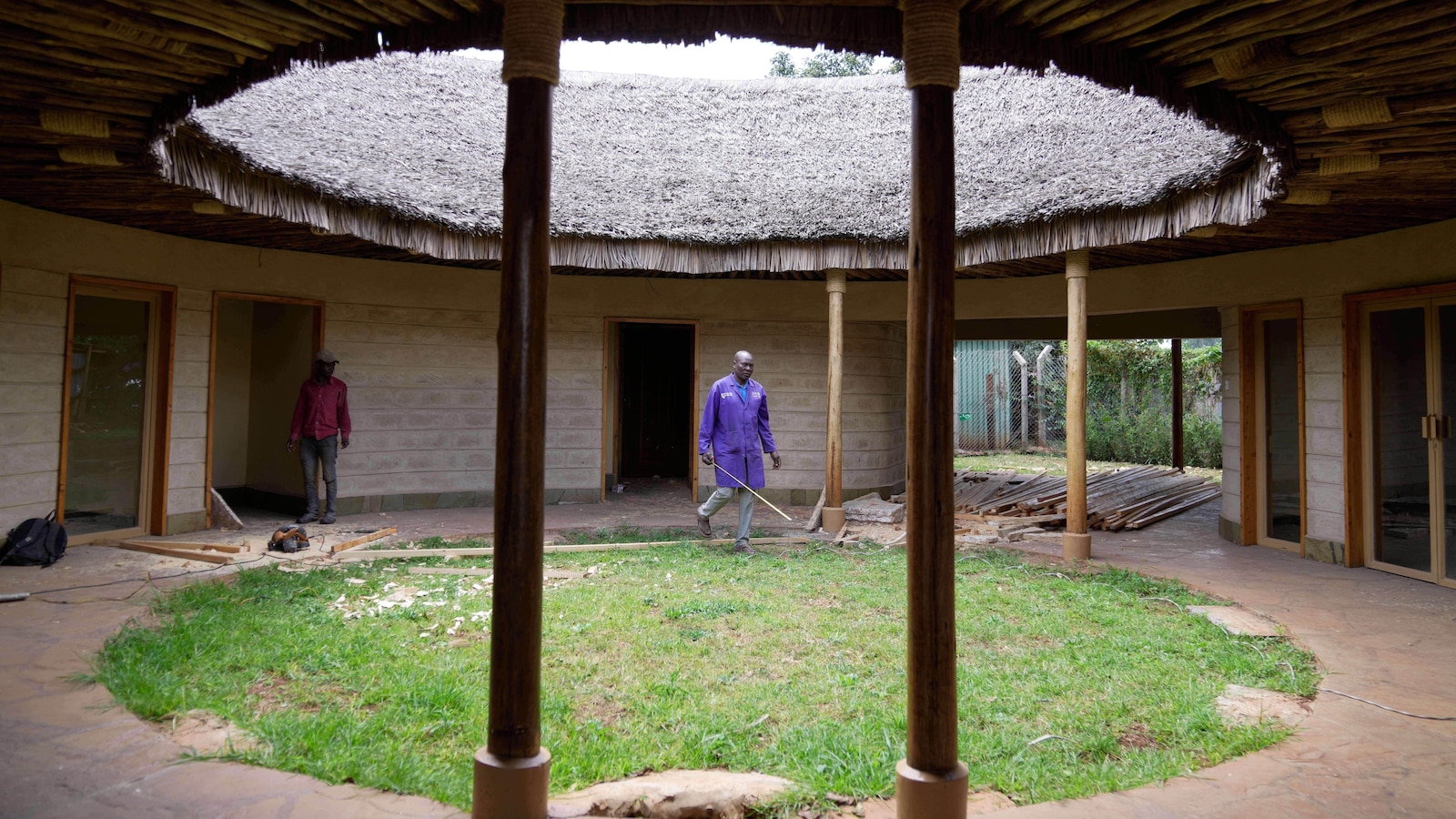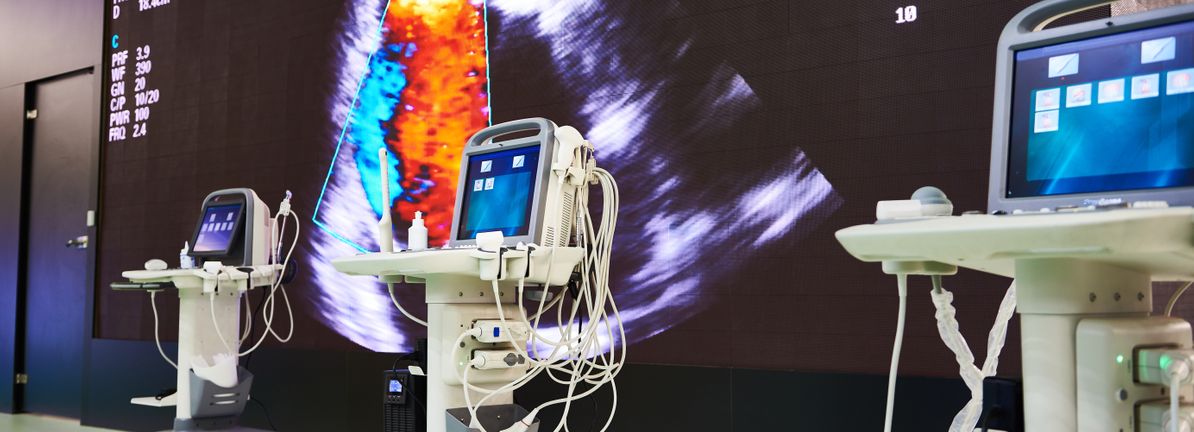A large-scale investigation has found that people who regularly consume both sugar-sweetened beverages (SSBs) and low- or no-sugar-sweetened beverages (LNSSBs) face a significantly greater likelihood of developing metabolic dysfunction-associated…
Blog
-

A mushroom farm in Kenya and fungi-based panels give hope for sustainable building
NAIROBI, Kenya — NAIROBI, Kenya (AP) — A large mushroom farm near the Kenyan capital of Nairobi is one of a kind: It grows fungi on an industrial scale — not as food for restaurants but as a building material that some Kenyans say could make more people homeowners.
The farm produces mycelium, the root structure of mushrooms that a local company then uses to make building materials it says are more sustainable than regular brick and mortar.
The company, MycoTile, combines the roots with natural fibers and agents to make panels that can be used for everything from roof and wall insulation to interior decor, at a fraction of the cost of building with standard clay bricks. It currently produces about 3,000 square meters (yards) of such materials every month.
Street vendor Jedidah Murugi, whose house was made with fungi-based construction materials, said she believes “there is no huge difference in the quality of the houses made from brick and these boards.”
“The only difference,” she said, is in the cost. Her house, she added, “is not cold at night and neither is it hot during the day.”
MycoTile’s work could be a boon for Nairobi, where local leaders cite a housing crisis that has left many homeless or living in informal settlements and dwelling enclaves, prone to fires and sanitary issues. Official figures say there is a housing deficit of at least 2 million units in this metropolis of over 5 million people.
Most Kenyans are renters and those who are homeowners build from the ground up over many years instead of hiring contractors. It is common to find people living in badly finished or incomplete homes to avoid paying rent elsewhere.
“Introducing affordable materials like ours taps into an existing huge market and contributes to providing affordable housing solutions,” said Mtamu Kililo, MycoTile’s founder.
Kililo said his company’s insulation products cost roughly two-thirds of the price of standard materials.
Building a one-bedroom unit in Nairobi using materials such as brick, timber and tin sheets typically costs up to 150,000 Kenyan shillings (about $1,000), for a simple structure, and the figure can double depending on the quality of finishes, according to estimates from builders.
Using mushroom-root panels could shave off a third of the cost of building a house with bricks and mortar. Murugi, the street vendor, spent about 26,880 Kenyan shillings ($208) on the panels for her 15 square meter (161 square feet) home.
Kenyan authorities have recently started working on a national plan for decarbonizing construction and building, with local-led innovation at its center.
As part of the plan, the government allows MycoTile to use facilities at the Kenya Industrial Research and Development Institute in Nairobi, where it has access to machinery.
MycoTile’s fungi-based construction panels are more sustainable than traditional ones because they are biodegradable and harmless to the environment, Kililo told The Associated Press.
His idea was not novel — others elsewhere have experimented with mycelium. The first mycelium house in the southern African nation of Namibia was built by the nonprofit group MycoHAB in May 2024, using technology developed for NASA.
In the Netherlands, one inventor makes mushroom coffins by binding mycelium with hemp fiber in a special mold that ends up resembling an unpainted sarcophagus from ancient Egypt.
Sustainable products from biogenic materials are desirable because they have a low carbon footprint and potentially contribute no emissions, Nickson Otieno, an architect and sustainability expert in Nairobi, said.
Construction “is one of the major emitters,” he added.
The Global Buildings Performance Network, a think tank, earlier this year warned that Kenya “risks locking in decades of carbon-intensive construction” without targeted intervention.
Kililo said his company also uses agricultural waste in its production process, reducing potential pollutants and easing pressure on waste disposal systems.
“We go to western Kenya where there are many sugar manufacturing factories and collect the waste matter,” he said.
The pasteurized agricultural waste is introduced to the mycelium composite from the farmed mushrooms, binding it into dense panels. MycoTile uses up around 250 tons of agricultural waste annually, Kililo said.
For Kililo, the idea came during a research fellowship in the Rwandan capital of Kigali, home to one of the largest mushroom farms in east Africa. Kililo said he learned the process of mushroom farming there.
“The used substrates looked like brick and I thought I could use those in the building industry,” he said.
Returning to Kenya, he decided to create small blocks in his kitchen as part of his research into the fungal basis of sustainable building — never imagining it could someday become commercial.
“I started doing a similar process, growing them in my pantry, baking them in my oven,” he said. “Initially it was purely research.”
___
The Associated Press’ climate and environmental coverage receives financial support from multiple private foundations. AP is solely responsible for all content. Find AP’s standards for working with philanthropies, a list of supporters and funded coverage areas at AP.org.
Continue Reading
-

MIT scientists uncover traces of Earth’s lost ancestor deep beneath surface
They offer a glimpse into the material that predated the massive impact that shaped our modern world.
The findings were published Tuesday in Nature Geosciences, according to ScienceDaily.
“This is maybe the first direct…
Continue Reading
-

Heath Thorpe finds peace beyond the Olympic dream
That clarity – and perspective – has allowed him to flourish this year. No longer competing on all six events has allowed Thorpe to both polish his routines on the floor exercise and horizontal bar, the only apparatus he’s competing on in…
Continue Reading
-

How Peaky Blinders has transformed West Midlands tourism
Shehnaz KhanWest Midlands
 Derek Brennan
Derek BrennanThe “peaky effect” has seen The West Midlands Peaky Blinder Group on Facebook grow to 44,000 members It’s the show that has become synonymous with flat caps, waistcoats and tweed suits, but 12 years on since…
Continue Reading
-

Routledge Handbook of Water Diplomacy | SIWI
Water can divide—but it can also unite. The new Routledge Handbook of Water Diplomacy brings together more than 80 contributors from 30 countries to show how shared waters can become pathways for cooperation. Edited by Dr Martina Klimes and…
Continue Reading
-
Lunar Radio Telescopes Could Finally Reveal the Secrets of Dark Matter – SciTechDaily
- Lunar Radio Telescopes Could Finally Reveal the Secrets of Dark Matter SciTechDaily
- A Lunar Farside Radio Telescope American Scientist
- Scientists Create Most Detailed Radio Map of Early Universe Using MWA Gadgets 360
- Astronomers close in on…
Continue Reading
-

Microsoft confirms that Windows 11 25H2 is now available for everyone to grab
Summary
-
Windows 11 25H2 (2025’s update) is now available to all eligible devices — grab it to stay up to date.
…
Continue Reading
-
Windows 11 25H2 (2025’s update) is now available to all eligible devices — grab it to stay up to date.
-
Interior Ministry hands over fleet of bulletproof vehicles KP Police – RADIO PAKISTAN
- Interior Ministry hands over fleet of bulletproof vehicles KP Police RADIO PAKISTAN
- Interior Ministry hand over bulletproof vehicles to KP Police Daily Times
- Govt to strengthen KP police: Naqvi Business Recorder
- Mohsin Naqvi hands over…
Continue Reading
-

Assessing Valuation After Recent Share Price Momentum
Koninklijke Philips (ENXTAM:PHIA) has experienced some shifts in stock performance over the past month, catching the attention of investors who are looking for companies navigating dynamic markets. Shares have moved up nearly 2% in the past month.
See our latest analysis for Koninklijke Philips.
After a challenging twelve months, Koninklijke Philips has been making up some ground, most recently with a positive 14.4% 90-day share price return. While the past year’s total shareholder return sits in negative territory, upside momentum has picked up, suggesting a shift in risk sentiment and possibly renewed confidence in the company’s growth potential.
If you’re interested in discovering what else is trending in healthcare and medtech, take the next step and check out See the full list for free.
With Philips trading nearly 10% below analyst targets and showing strong recent gains, the key question is whether the market is still undervaluing its long-term prospects or if future growth is now fully reflected in the price.
Philips trades at a price-to-earnings (P/E) ratio of 135.7x, which is far higher than both the sector and peer averages. The latest close of €24.26 places it firmly in the expensive camp relative to comparable medical equipment companies in Europe.
The price-to-earnings ratio measures what investors are willing to pay today for each euro of the company’s earnings. A high P/E can reflect optimism about future growth or profitability improvements, but it can also suggest overenthusiasm if not backed by strong fundamentals.
The implication here is clear: the market is pricing in ambitious profit growth for Philips, likely in response to its return to profitability and positive near-term momentum. However, when compared to the European industry average P/E of 29.1x and the peer average of 31.6x, Philips’ premium suggests investors expect more rapid earnings expansion, margin gains, or both.
See what the numbers say about this price — find out in our valuation breakdown.
Result: Price-to-Earnings of 135.7x (OVERVALUED)
However, still, a slowdown in revenue growth or any stumbles in profitability could quickly reverse recent optimism and put pressure on Philips’ lofty valuation.
Find out about the key risks to this Koninklijke Philips narrative.
While Philips looks overvalued based on its price-to-earnings ratio, our DCF model presents a different perspective. The stock is trading at a 52.9% discount to our estimated fair value of €51.56, which suggests potential upside. Does this fundamental valuation challenge the market’s skepticism?
Continue Reading
